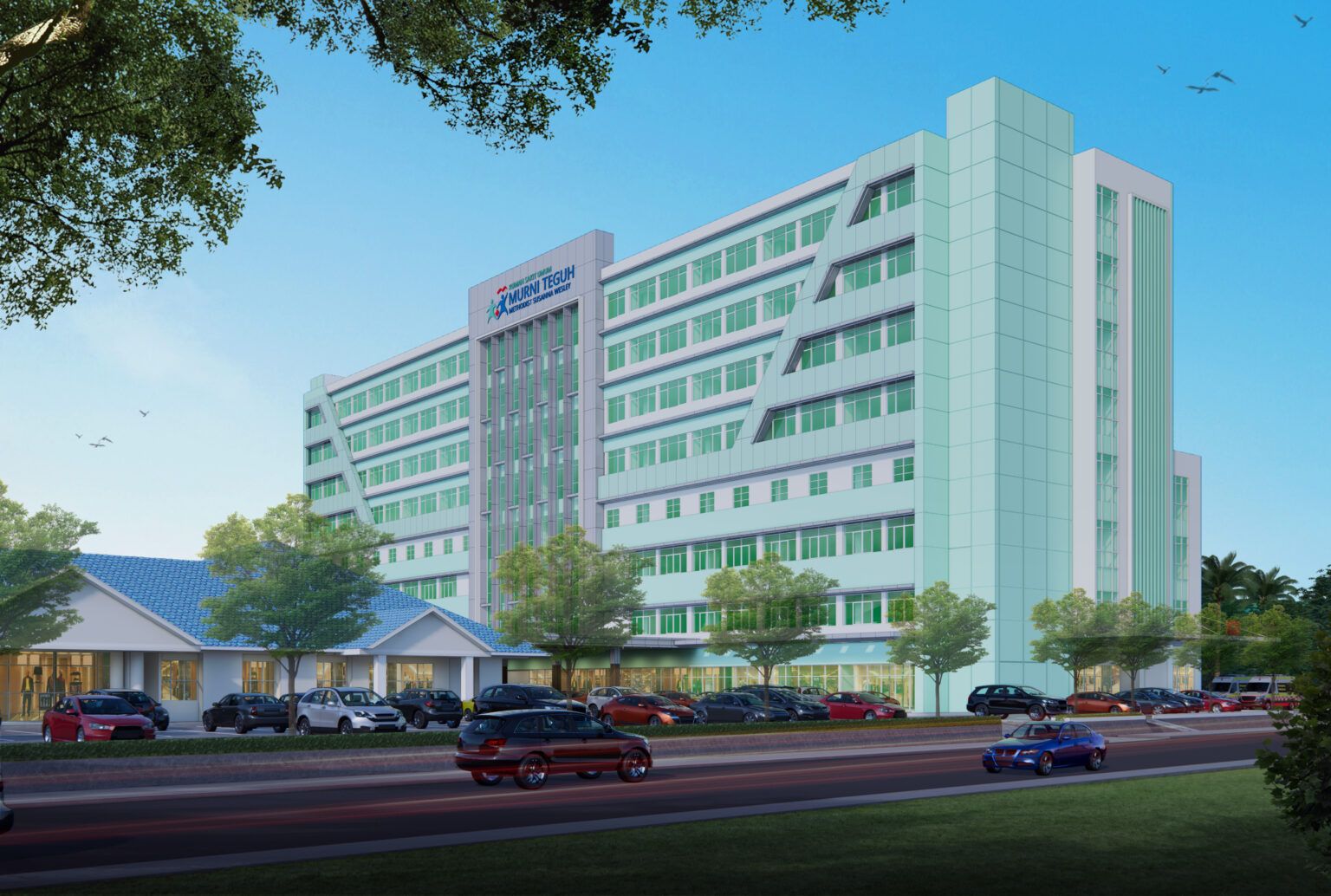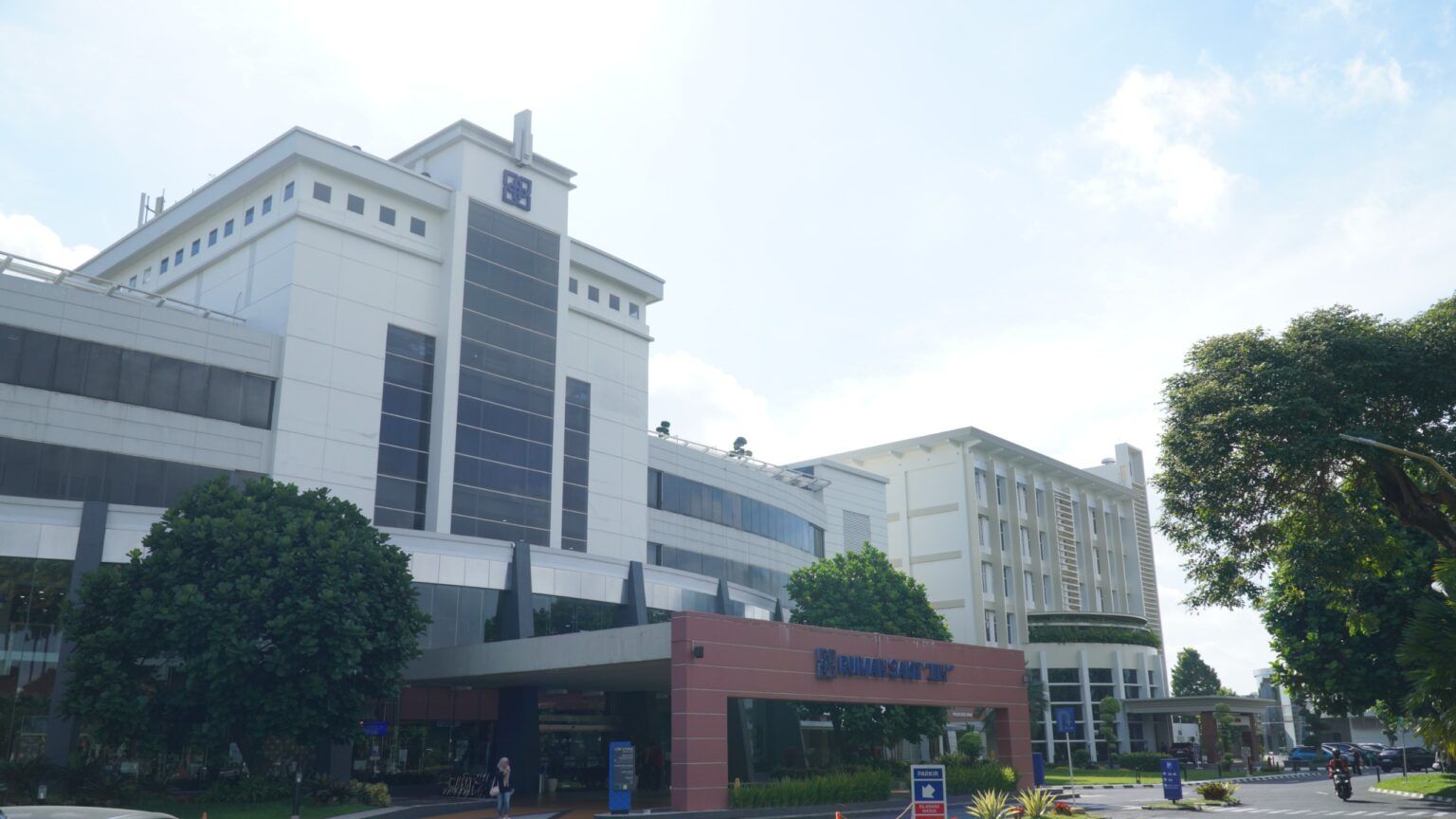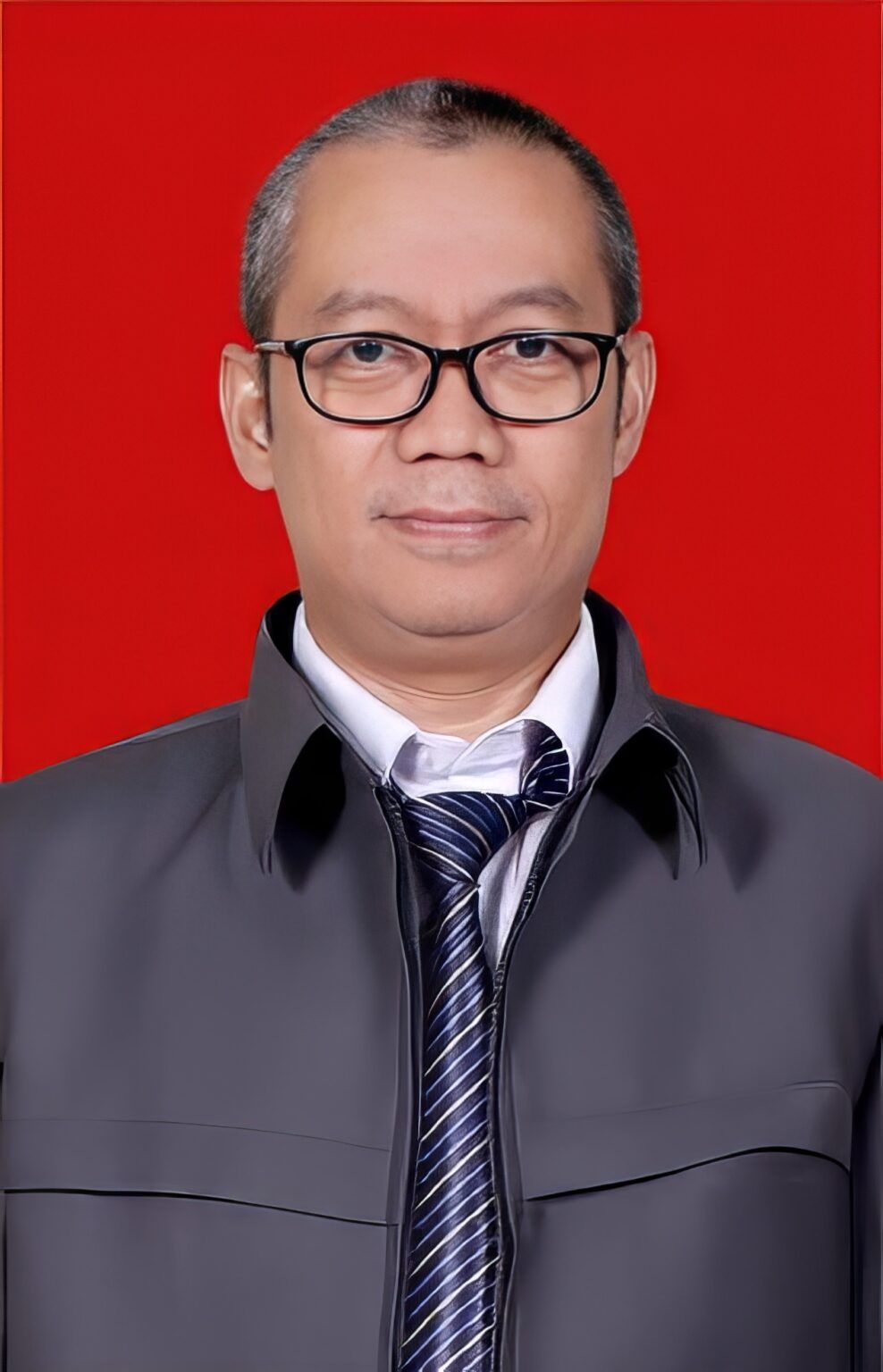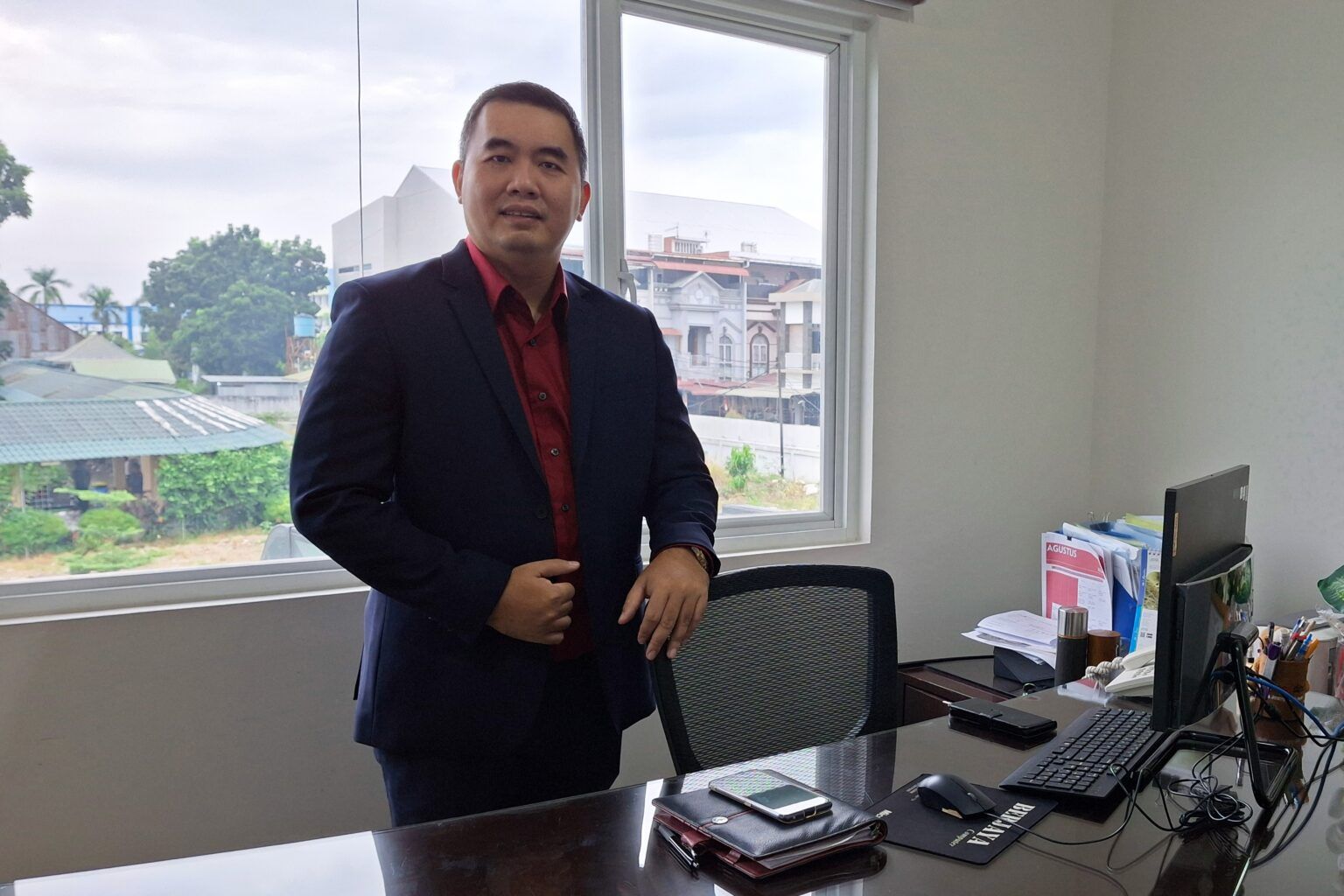Indonesian hospitals driving efficiency and transformation with HMIS
)
Welas Asih Regional Public Hospital, Murni Teguh Methodist Susanna Wesley Hospital and Jogja International Hospital shares how hospital management information systems (HMIS) have transformed care delivery efficiency and quality
In Indonesia, this technology has become the backbone of modern healthcare services. From Bandung and Yogyakarta to Medan, several hospitals have demonstrated how HMIS can reshape the landscape of healthcare delivery.
Case studies of HMIS implementation in three Indonesian cities
In Bandung Regency, West Java, Welas Asih Regional Public Hospital —formerly known as Al Ihsan—stands as a clear example of how a government-run hospital has adapted to the challenges of the digital era. With 647 beds and serving up to 2,300 patients daily, 85 percent of whom are covered by Indonesia’s national health insurance, the scale of service delivery is immense. Years ago, long queues frequently sparked complaints. Many patients arrived as early as dawn, and the illegal practice of selling queue numbers was rampant.
The situation changed with the launch of the RSUD Al Ihsan Mobile app. Now patients can register from home, select their preferred appointment slots, and monitor their queue numbers in real time.
|
|
“In the past, patients would line up as early as 3 a.m., and we were overwhelmed,” said Koman, Head of General Affairs, Public Relations, and Marketing at Welas Asih Hospital. “Now things have improved significantly. Patients know exactly when to come, queues are more organized, and complaints have dropped sharply. We’re also more at ease because patient data flows directly into the system.” This transformation was supported by substantial investments in technology. The hospital recruited eight programmers and four technicians to ensure optimal development of software and hardware, as well as mitigate risks such as data entry errors and cybersecurity threats. |
In Medan, North Sumatra, Murni Teguh Methodist Susanna Wesley Hospital is equipped with its own HMIS. The hospital – a type-C facility offering basic general and specialist care with at least 100 beds – was acquired by Murni Teguh Memorial Hospital (MTMH) in 2021, and subsequently integrated within the Murni Teguh Hospital Information System (MTHIS).
Developed in 2012 with the establishment of MTMH, MTHIS integrates electronic medical records (EMR), outpatient and inpatient services, and even e-prescriptions across Murni Teguh’s network of 10 hospitals. “The results have been significant: shorter waiting times for medications, reduced paper usage, and no longer needing specialized staff to prepare medical records,” said Dr. Hendric, M.Kes, Deputy Director of Murni Teguh Methodist Susanna Wesley Hospital.

However, the transformation was not always smooth. “Educating staff about the benefits of HMIS was a major challenge. But once they understood, adaptation became much easier,” Hendric added.
Today, MTHIS includes web-based and mobile features, enabling patients to access doctor schedules, lab results, and emergency services registration. The system is also integrated with insurance applications.
|
|
Beyond HMIS, Murni Teguh has developed additional IT programs to support operations, such as a Human Resource Information System (HRIS) for employee management, an Asset Management System (AMS), and a Clinical Equipment Hospital Asset Performance Monitoring System (Cohapmos) for medical devices. The hospital is also designing AI-based innovations to support clinical pathways, interpret radiology results, and automate pharmacy procurement. “The goal is to accelerate processes, improve accuracy, and ensure integrated services for patient satisfaction,” Hendric emphasized. |
Through the AMS, “Employees can report IT asset damage without having to call or look for on-duty staff, allowing the maintenance team to respond immediately. The system also provides complete data, from damage reports and technician response times to inspection results and repair completion times,” said Hendric.
He highlighted that response to damage reports has increased from 86 percent in January 2025 to 94 percent in June 2025, surpassing the standard target of 80 percent.
Meanwhile, in Yogyakarta, Jogja International Hospital (JIH) has leveraged HMIS to drive operational efficiency and business growth. Managed by PT Unisia Medika Farma, the JIH group—operating hospitals in Yogyakarta, Purwokerto, Solo, and Universitas Islam Indonesia Hospital—has integrated its services into a single digital system, from front-end to back-end.

“Previously, many processes were still semi-manual. Data security and patient comfort were far from optimal,” said Bambang Pediantoro, Chief Executive Officer of JIH.
|
Bambang Pediantoro of Jogja International Hospital
|
The turning point came in 2017, when JIH implemented a modern HMIS through a local vendor. The system was then customized to meet the hospital’s specific needs. As a result, patients can now register independently via an app and monitor doctor queues in real time. They can also access their medical history anytime through EMR, which has reduced paper use by up to 80 percent. For management, a data-driven dashboard allows real-time monitoring of bed availability and medicine stock. The impact has also extended to business performance. “Since the fully integrated system went live between 2019 and 2023, assets and revenue have increased by 540 percent,” said Bambang. |
Beyond HMIS, JIH is expanding digitalization to its HRIS to better manage its approximately 4,200 employees. “HMIS isn’t just about technology; it’s the foundation for transparency and comfort for both patients and medical staff,” he added. With this strategy, JIH is optimistic about becoming a tech-driven hospital responsive to the demands of the digital era.
The road ahead in Indonesia’s healthcare digital transformation
These three success stories demonstrate that HMIS can drive healthcare transformation. At Welas Asih Hospital, HMIS streamlined workflows and organized previously chaotic queues. At Murni Teguh, internal innovation fostered greater technological independence. Meanwhile, at JIH, digital systems strengthened hospital performance while expanding service coverage.
Nevertheless, the journey toward digital transformation in Indonesia’s healthcare sector remains long. In many hospitals, HMIS is still only partially implemented or treated as a formality. Infrastructure limitations, investment costs, and human resource capabilities remain challenges to overcome.
Even so, the experiences of these three hospitals offer hope. With commitment, innovation, and cross-sector collaboration, information technology can serve as a crucial pillar in building healthcare services that are faster, more transparent, and more humane.


 Mr Koman of Welas Asih Hospital
Mr Koman of Welas Asih Hospital Dr. Hendric of Murni Teguh Methodist Susanna Wesley Hospital
Dr. Hendric of Murni Teguh Methodist Susanna Wesley Hospital